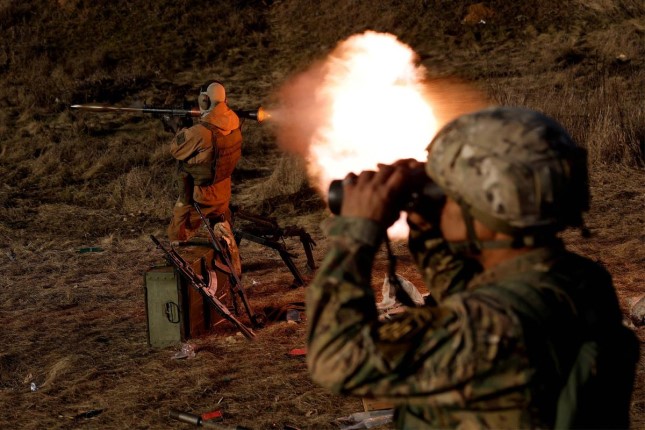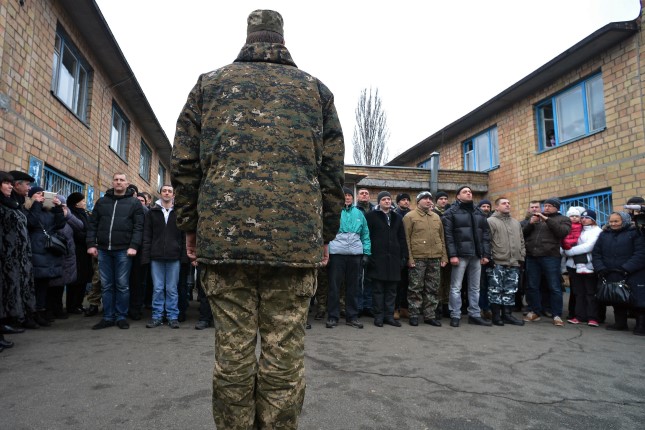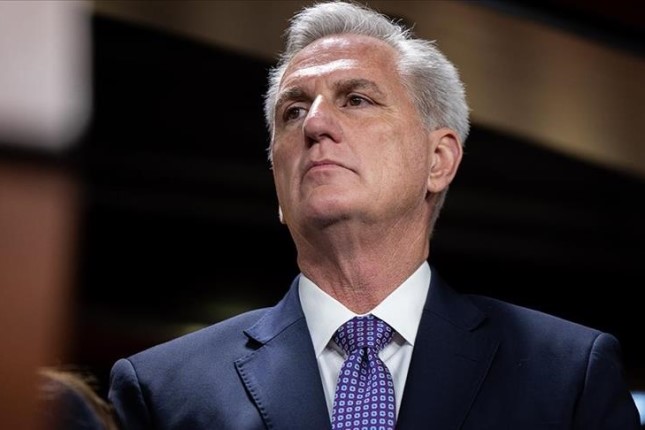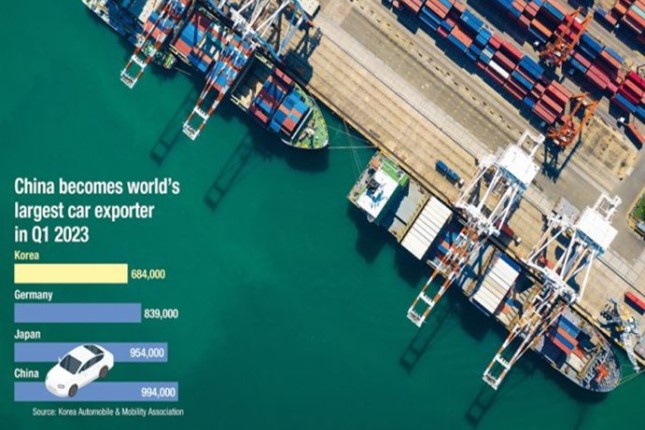Recent events in Ukraine have led to a dramatic drop in global public interest in numerous crises that are still raging all over the world. The conflict in the Syrian Arab Republic, that has been going on for at least eleven years, is no exception. Although the situation on the frontlines has cooled down somewhat, the current state of affairs in this Middle Eastern country could hardly be characterized as stable. Rather, it falls into the category of "consistently tense".
Syria continues to be one of the few places on the planet with the simultaneous presence of five foreign armed forces. For years, Russia and Iran have been helping Syria's official government to restore its territorial integrity and to quell underground cells of terrorist insurgents.
Russia has been particularly concerned over the situation in the Idlib "de-escalation zone", where terrorists from the Hay'at Tahrir al-Sham are still quite active. Tellingly, Moscow has repeatedly called upon Ankara to honour its obligations to disassociate jihadists from the Syrian opposition in keeping with existing bilateral agreements.

Does not depict precisely or comprehensively bases or operational locations in Syria. Areas of Influence based on IHS Janes Conflict Monitor data. Lead Inspector General reporting from July 2022, cites DOD and independent analysts in describing the eastern Euphrates River valley and several transit corridors in rural eastern Syria as 'ISIS Support Zones.' Names and boundary representation are not necessarily authoritative. UNDOF = United Nations Disengagement Observer Force. The United States recognized the Golan Heights as part of Israel in 2019. U.N. Security Council Resolution 497, adopted on December 17,1981, held that area of the Golan Heights controlled by Israel's military if occupied territory belonging to Syria.
Turkey and the armed opposition groups that it controls have firmly entrenched themselves in Syria's North West and, partly, in its northernmost areas. Ankara's ultimate objective is to eliminate the Kurdish threat and to create a security zone along the Turkey-Syria border.
Turkey's armed forces have, from time to time, been conducting their counter-terrorism operations there, causing displeasure of the United States as the approaches of these two NATO allies to the Kurdish problem seem to differ fundamentally.
Interestingly, some analysts associate Turkey's current Claw-Sword military operation in Syria and Iraq with President Erdogan's domestic political agenda, noting that in the run-up to the 2023 presidential elections, the country's incumbent leader needs a few "short victorious wars".

Turkish armoured convoy in Syria.
As for the military involvement of Iran and of the forces in Syria that are loyal to Iran, this is a matter of grave concern for Israel causing it to launch repeated airstrikes targeting the positions of Shia militias in Syria.
Similarly, the mission of containing Tehran has been assigned to a 200-strong garrison of US troops at the al-Tanf base in the south of Syria along the Iraq and Jordan-Syria border. US servicemen, along with the fighters from Maghawir al-Thawra group, are trying to prevent Iran from deploying its troops and sending weapons to Syria.

Iran's troops in Syria.
That said, the largest contingent of some 700 US troops has been deployed in the resource-rich region of Syria located on the Eastern bank of the Euphrates, also known as Transeuphratia where a widespread network of about 30 military outposts has been set up by the Pentagon.
Work is currently under way to expand the infrastructure. The Americans are coordinating their efforts with the Syrian Democratic Forces, or SDF, where Kurdish fighters are playing a dominant role (the US has been providing annually between USD 200 to USD 300 million in support of the SDF).
In public, the White House claims to be motivated by the noble intention of preventing the resurgence of the ISIS "caliphate". In reality, the US administration has been exploiting, together with the Kurds, Transeuphratia's mineral wealth (mostly, oil). In addition, it has sought to resist Iran's regional expansion and thwart the efforts of Bashar al-Assad's "undesirable regime" to unify Syria.
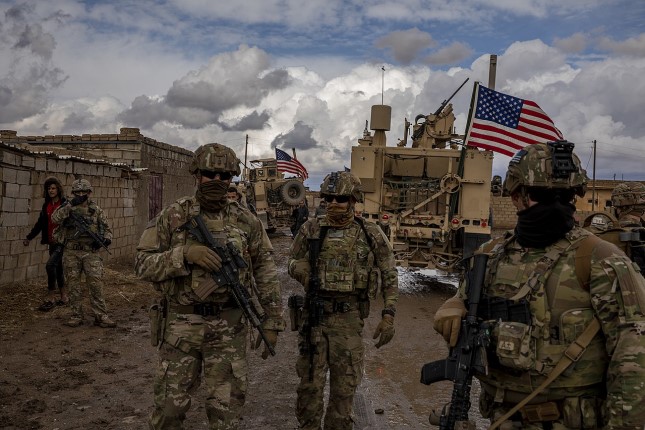
US servicemen in Syria.
It remains unclear when, if it all, all these foreign military groups will be pulled out of Syria, as is the prospect of a political settlement of the Syria conflict.
The Geneva-based Syrian Constitutional Committee has so far failed to produce the desired outcome with its last scheduled session placed on hold and delayed indefinitely. On top of that, the efforts of the international community lack coordination and are fragmented at best.
The United States is keen on working with its allies as part of the so-called Small Group while advocating a predominantly anti-Assad agenda. By contrast, Russia, Turkey, and Iran prefer to use the platform of the Astana Format scheduled to convene again on November 22-23, 2022.
The peacemaking mission of the United Nations Special Envoy for Syria Geir O. Pedersen has so far failed to impress, too: the Norwegian diplomat just seems to be touring nations' capitals and meeting with conflicting parties and influential players while also attending sessions of both the Small Group and the Astana Format. And yet, he is trying to advance his own so-called "step-for-step approach" in a naïve belief that Damascus will agree to making unilateral concessions to the West.

Russian troops in Syria.
António Guterres's Special Envoy may be right about one thing. Finding a comprehensive solution to the Syria crisis is impossible without effective cooperation between the great powers of Russia and the United States.
So far, any tangible cooperation between Moscow and Washington has been confined to military contacts within the framework of the de-confliction arrangement on Syria. The arrangement is not without its flaws: both sides have been repeatedly complaining about a breach of protocol for notifying each other about the movements of troops and equipment. That said, the Russian and US militaries have so far been successful in achieving their primary goal of avoiding a direct military conflict in a foreign land.













